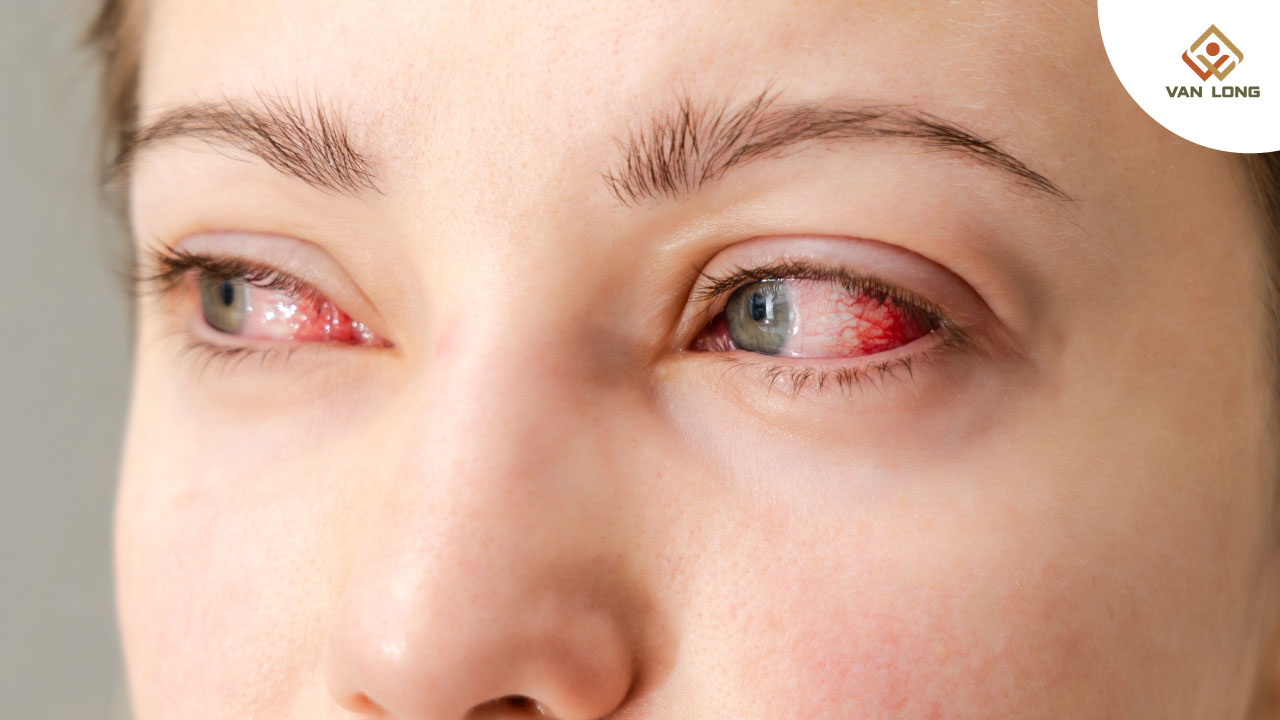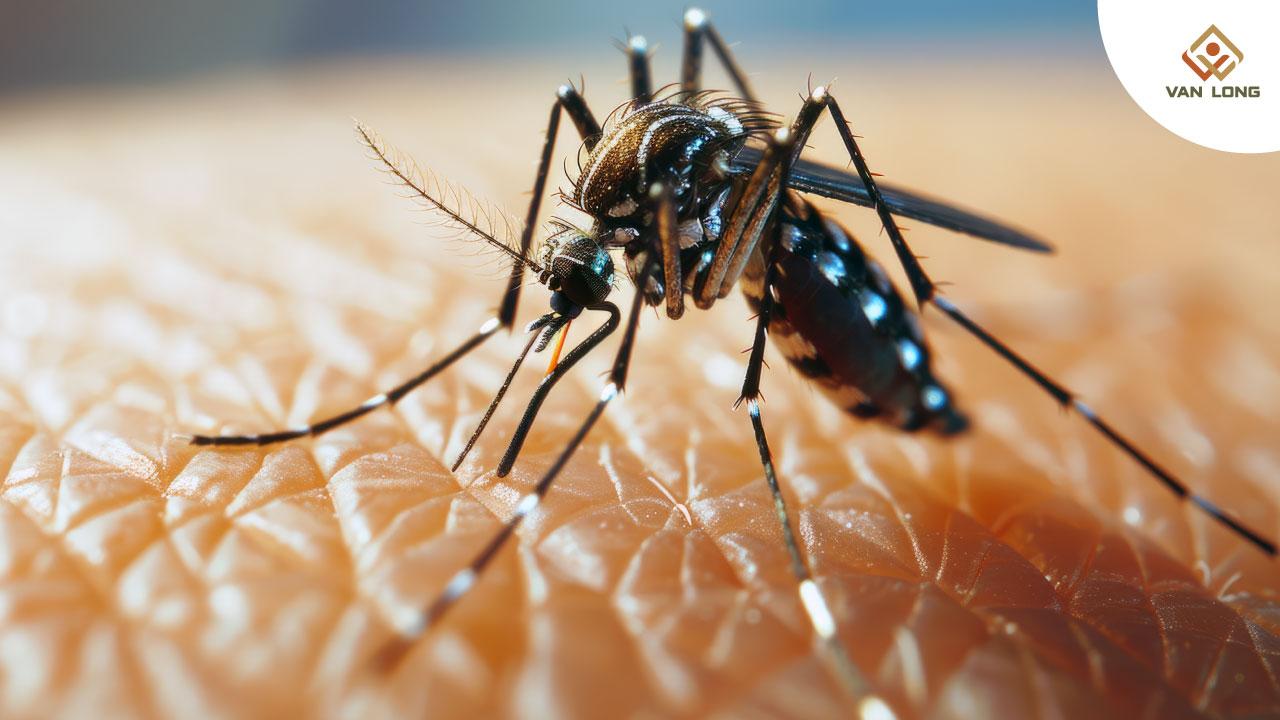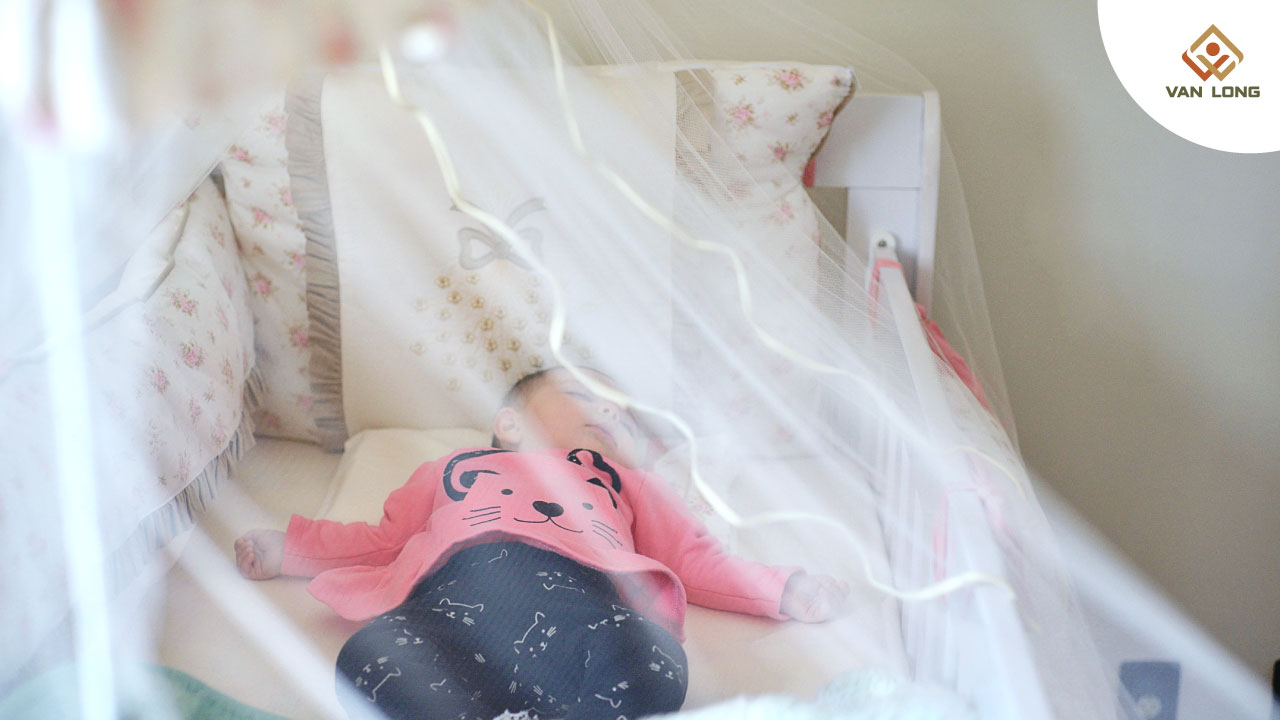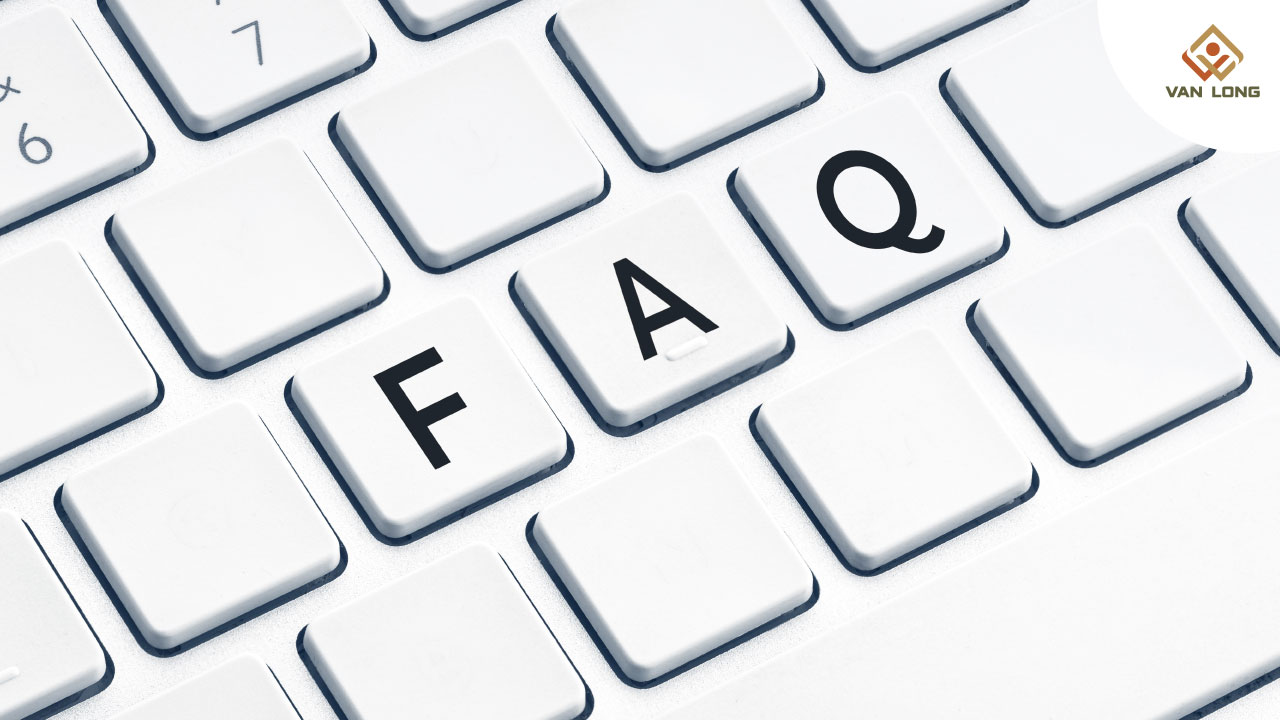Những tuần gần đây, Tổ chức Y tế Thế giới (WHO) đã chính thức phát cảnh báo khẩn cấp về sự bùng phát nhanh chóng của virus Chikungunya tại nhiều khu vực. Loại virus này, tuy hiếm khi gây tử vong, nhưng lại nổi tiếng với khả năng gây đau khớp dữ dội, kéo dài hàng tuần, thậm chí hàng tháng, khiến người bệnh mệt mỏi và suy giảm khả năng vận động nghiêm trọng.
Theo WHO, bệnh “gây sốt và đau khớp nghiêm trọng, thường làm suy giảm khả năng vận động và kéo dài”. Trong bối cảnh dịch bệnh, yếu tố quan trọng nhất để giảm thiểu nguy cơ lây lan là phát hiện sớm các trường hợp nghi nhiễm. Điều này không chỉ phụ thuộc vào hệ thống xét nghiệm mà còn vào việc theo dõi thân nhiệt thường xuyên ở cộng đồng.
Các công cụ hiện đại như nhiệt kế hồng ngoại hay nhiệt kế điện tử đo trán với khả năng đo nhiệt độ không tiếp xúc đang ngày càng chứng tỏ vai trò quan trọng trong các chiến dịch kiểm soát dịch bệnh trên toàn thế giới.

Chikungunya virus (CHIKV) là một loại arbovirus thuộc họ Togaviridae, chi Alphavirus. Virus này được truyền sang người qua vết đốt của muỗi Aedes aegypti và Aedes albopictus – hai loài muỗi cũng là tác nhân truyền bệnh sốt xuất huyết Dengue và Zika.
Tên “Chikungunya” bắt nguồn từ tiếng Kimakonde (Đông Phi), có nghĩa là “gập người lại”, mô tả tư thế đặc trưng của bệnh nhân bị đau khớp nghiêm trọng.
Khu vực lưu hành:
Sự mở rộng phạm vi của muỗi Aedes do biến đổi khí hậu và đô thị hóa làm tăng nguy cơ dịch bệnh tại các quốc gia trước đây chưa từng ghi nhận ca nhiễm.
Triệu chứng Chikungunya thường xuất hiện từ 2 – 12 ngày sau khi bị muỗi đốt, phổ biến nhất là 3 – 7 ngày.
Một số bệnh nhân vẫn đau khớp, cứng khớp hoặc mệt mỏi nhiều tuần đến vài tháng sau khi khỏi giai đoạn cấp tính.
Việc theo dõi thân nhiệt hàng ngày, đặc biệt với thiết bị có cảm biến hồng ngoại, giúp bệnh nhân và nhân viên y tế nhận biết sớm dấu hiệu bất thường trong giai đoạn hồi phục.

|
Triệu chứng |
Chikungunya |
Sốt xuất huyết |
Zika |
|
Sốt đột ngột |
Thường gặp |
Thường gặp |
Nhẹ hoặc không rõ |
|
Đau khớp |
Rất dữ dội, kéo dài |
Có, nhẹ hơn |
Hiếm khi hoặc nhẹ |
|
Phát ban |
Có thể xuất hiện |
Hay gặp |
Nhẹ |
|
Triệu chứng khác |
Mệt mỏi, đau đầu, đỏ mắt |
Chảy máu, đau bụng |
Viêm kết mạc, ngứa |
Bảng này giúp phân biệt các bệnh có triệu chứng tương tự. Tuy nhiên, đo nhiệt độ không tiếp xúc vẫn là bước đầu cần thiết để sàng lọc các trường hợp sốt trong cộng đồng.

Cơ chế lây:
Thời điểm muỗi hoạt động mạnh:
Nhóm nguy cơ cao:
Trong các chiến dịch y tế, việc đặt điểm đo thân nhiệt bằng nhiệt kế điện tử đo trán ở cửa ra vào bệnh viện, sân bay hay trường học là một ứng dụng y tế hiệu quả giúp phát hiện sớm ca bệnh, hạn chế nguy cơ lây lan.
Những biến chứng này đặc biệt nguy hiểm ở người già và người có bệnh nền. Việc theo dõi tình trạng bệnh nhân thường xuyên bằng nhiệt kế hồng ngoại giúp phát hiện các đợt sốt tái phát – dấu hiệu cảnh báo biến chứng.
Phương pháp chẩn đoán chính:
Ngoài ra, các chiến dịch phòng dịch thường kết hợp kiểm tra nhiệt độ không tiếp xúc tại cộng đồng để phát hiện sớm các trường hợp sốt chưa rõ nguyên nhân.
Hiện chưa có thuốc kháng virus đặc hiệu.
Nguyên tắc điều trị:
Tại bệnh viện, bệnh nhân được giám sát bằng monitor đa thông số và kiểm tra nhiệt độ thường xuyên. Nhiệt kế điện tử đo trán được ưu tiên vì nhanh, chính xác, không gây khó chịu cho bệnh nhân.

Trong cộng đồng, việc lắp đặt điểm đo thân nhiệt bằng nhiệt kế hồng ngoại tại các khu vực đông người được xem là biện pháp hỗ trợ phòng dịch hiệu quả.

Hỏi: Chikungunya có nguy hiểm không?
Đáp: Không thường gây tử vong, nhưng đau khớp kéo dài gây ảnh hưởng lớn.
Hỏi: Có thể tái nhiễm không?
Đáp: Hiếm gặp, miễn dịch thường kéo dài.
Hỏi: Có lây từ người sang người không?
Đáp: Không trực tiếp, chỉ qua muỗi.
Hỏi: Đo nhiệt độ có ý nghĩa gì?
Đáp: Giúp phát hiện sớm dấu hiệu sốt – một biểu hiện quan trọng của nhiều bệnh truyền nhiễm.
Virus Chikungunya là mối đe dọa sức khỏe cộng đồng với khả năng gây dịch nhanh và triệu chứng kéo dài. Ngoài việc kiểm soát muỗi và nâng cao ý thức phòng bệnh, ứng dụng công nghệ trong giám sát sức khỏe – như nhiệt kế điện tử đo trán và đo nhiệt độ không tiếp xúc – đóng vai trò quan trọng trong việc bảo vệ cộng đồng.
Trong thời kỳ dịch bệnh, sự kết hợp giữa kiến thức, hành động phòng ngừa và công cụ hỗ trợ y tế sẽ là chìa khóa giúp chúng ta vượt qua thách thức.
——————————
CÔNG TY TNHH PHÁT TRIỂN THƯƠNG MẠI DỊCH VỤ VÂN LONG
YOUR NEEDS - OUR BUSINESS
Hotline: (028) 3526 2468 / 098.484.0440
Email: cskh@vl-groups.com
Website: www.vl-groups.com
Địa chỉ:
- Văn phòng HCM: Tòa nhà Fosco, D35 + D36 - 40 Bà Huyện Thanh Quan, P.Xuân Hòa, TP. HCM
- Trung tâm bảo hành: 373/14 Nguyễn Kiệm, P.Đức Nhuận, TP.HCM
- Văn phòng Hà Nội: Khu VP Hồng Hà, 38.3/1 Ngõ 109 Trường Chinh, P.Phương Liệt, Q.Thanh Xuân, Hà Nội
- Kho Tổng: 938 Quốc Lộ 1A, P.Linh Xuân, TP.HCM
🌼 Shopee: https://shopee.vn/vanlonggroups
🌼 Tiktok: https://www.tiktok.com/@thietbichamsocsuckhoe
🌼 Tiki: https://tiki.vn/cua-hang/cham-soc-suc-khoe-van-long
🌼 Lazada: https://www.lazada.vn/shop/van-long-our-needs-your-business